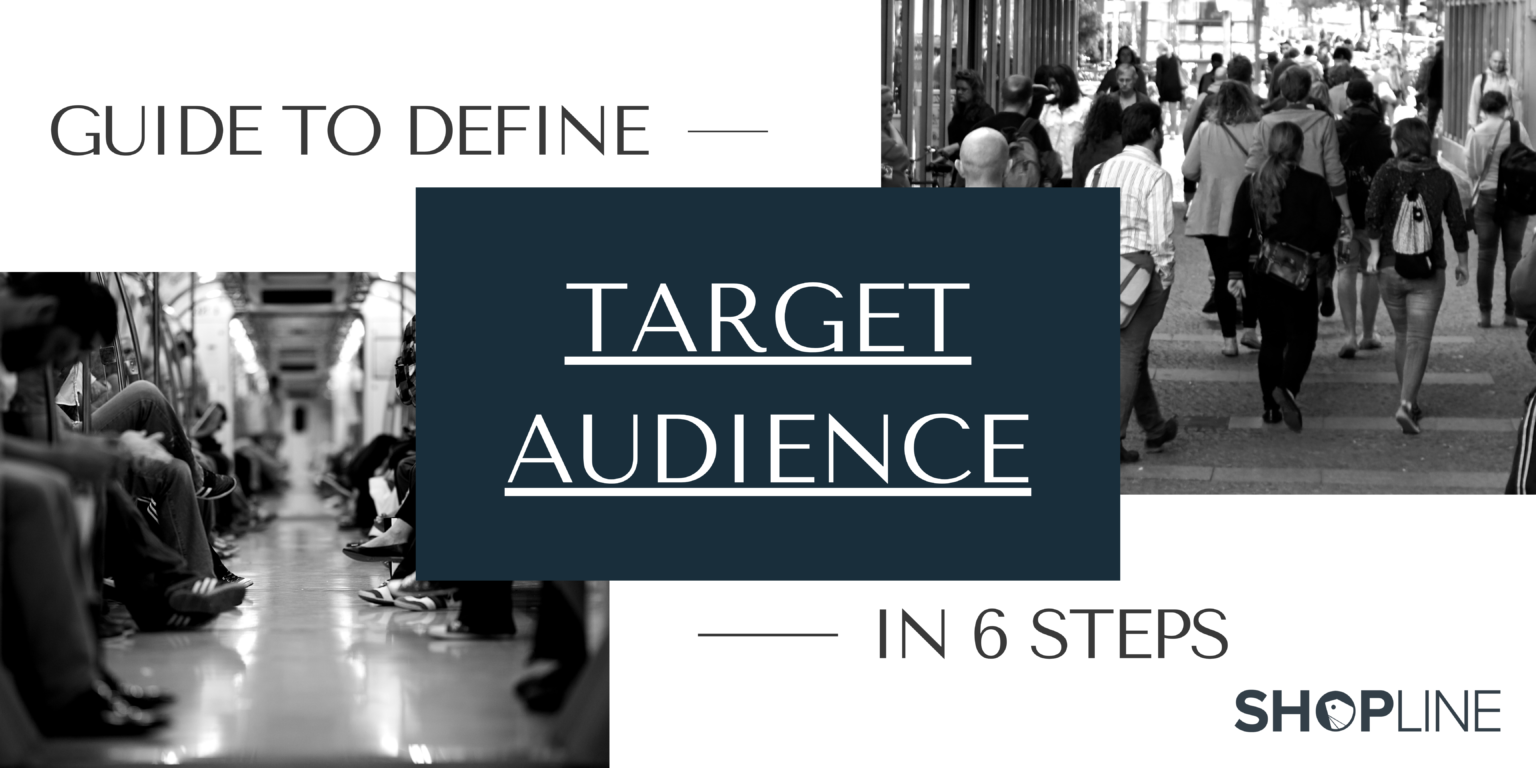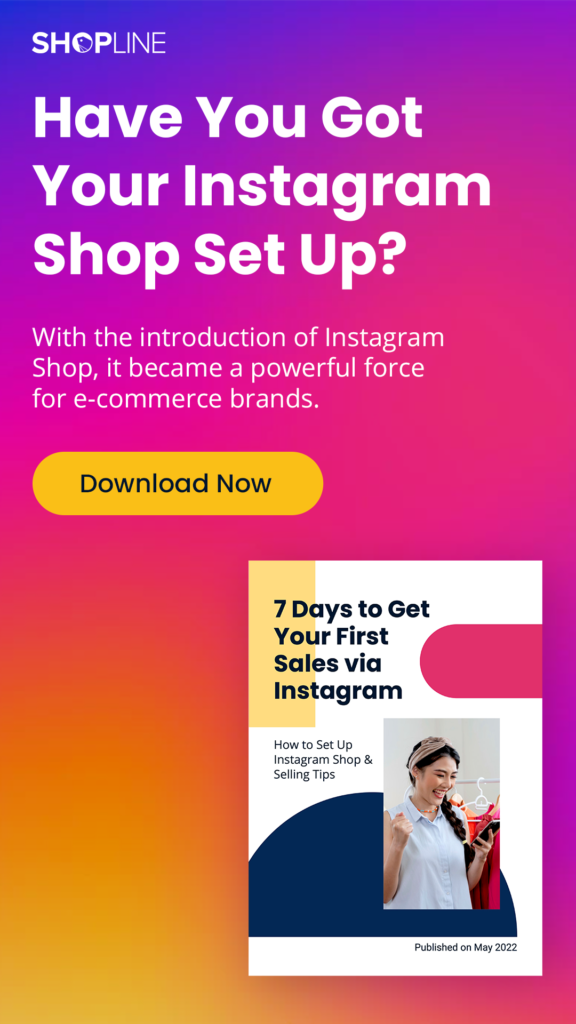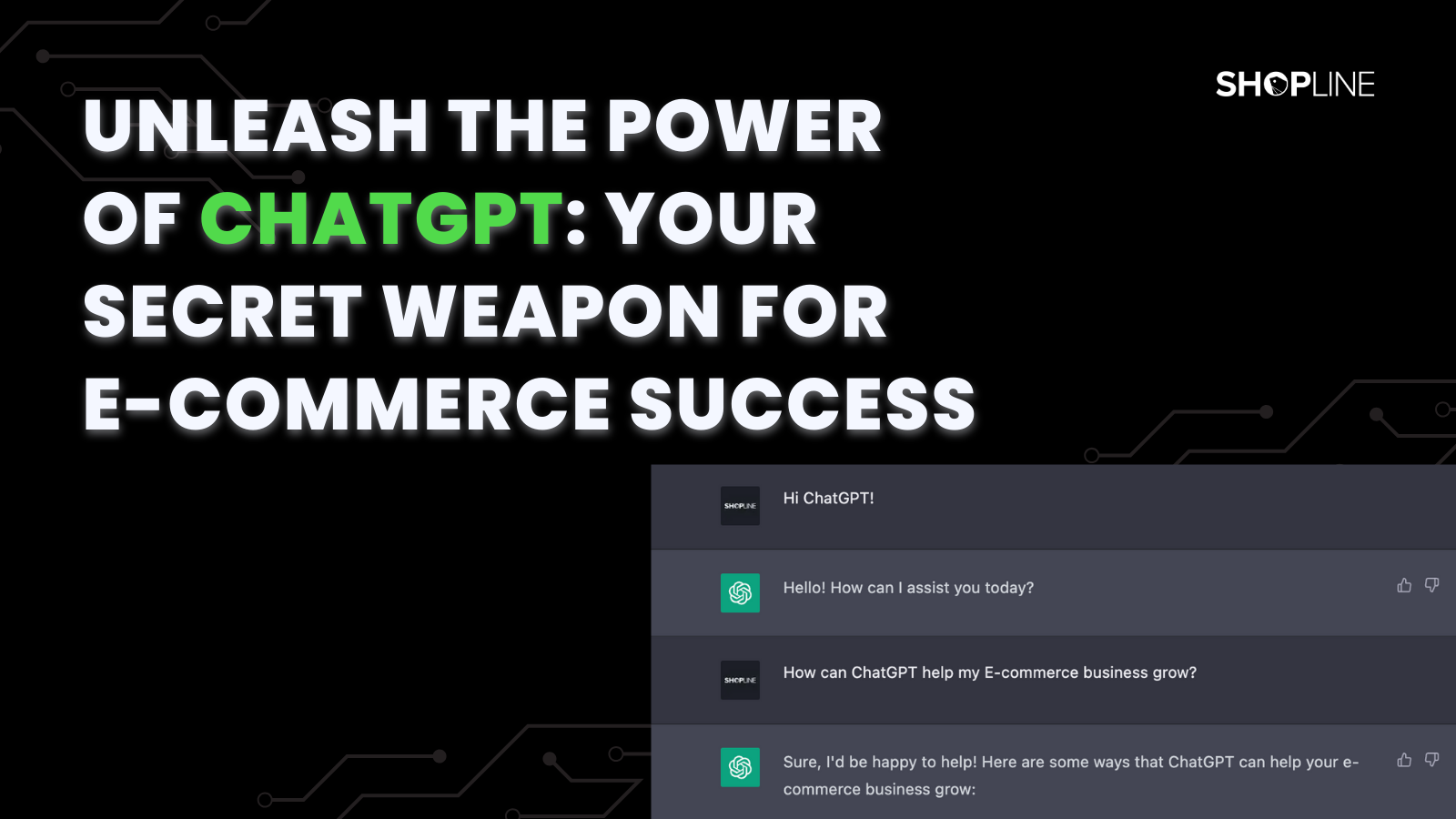Once you’ve made a good product or service, before marketing it to the world, you have to define who’s most likely to buy your products, they are your target audience. Having a clearly defined target audience can save you a lot of money and marketing resources for your brand. Besides, understanding your audience is vital to communicating with them effectively and successfully. But what exactly can you do to define your audience?
In this article, SHOPLINE will point out some steps that brands can follow to define your target audiences and develop a unique brand voice.
Step 1: Understand your market and competitors
If you’re unfamiliar with the industry you’re about to launch into. Your competitors at this stage are your best resources. Find out what their customers are like, and what traits do they share both demographically and psychologically. A great beginning in figuring out who wants to buy from you is to identify who is already using the product or service. And give shoppers a reason to buy from you over everyone else.
Step 2: Understand what problems does your product or service solves
Essentially, every product and service is made to address problems, whether it’s for entertainment, education, functional, technical reasons and more. Knowing how people interact with your product can help to identify your targeted audience.
If your product is a coffee maker, you can research your competitors’ reviews, both good and bad ones. By this, you’re able to gain insights on what people value in a good coffee maker, and how everyone is using it differently.
For example, for commuters, if they want their coffee on the go, they will probably want to get one of these coffee machines, that comes with a thermal bottle, so they can grab-and-go; for people who leave alone, a standard 6-8 cups of coffee brewer may be too large for them, as a 4-cup brewer might be just the right size for them.
Knowing what features customers are looking for in your product can help you better fulfill their needs. And creating differentiates in your product can help you reach an underserved audience better.
Step 3: Conduct audience research
One of the mistakes we often encounter from merchants is—they’re trying to appeal to everyone. Although it’s important to have your brand be viewed positively by consumers, it doesn’t make sense to try to please everyone. The time, energy and money are better invested in a targeted audience. So, in order to find out who your target audiences and decision-makers are, a little research would definitely help. Whatever the size of your business, there are several research methods for you to explore:
- Focus group: Where a group of people is brought together in a room to engage in a guided discussion. You can have the moderator prepare questions in an interactive setting. This is a great way to receive firsthand feedback from your users and potential customers; also, getting to know the user.
- Face-to-face interview: Interviews can provide a lot of insights into your target audience. And the interviews can be conducted in many ways, some researchers choose to make the interview process more laidback so the interviewee can engage in a conversation more casually to reveal their real thoughts; Others would have a set of open-ended questions for interviewees to answer.
- Social Media Engagement: Social media provides insights into the kind of habits that can be invaluable in carrying our audience research. By watching what time they are most active, how likely are they to share content, and what kind of content is most likely to get their attention or so? The best thing about social media is that you can find out information without ever having to bother your customers.
Step 4: Turn your research into buyer personas
Once you researched on your buyers enough to gather critical insights and common characteristics on them. It’s time for you to create a buyer persona. Buyer personas are fictional, generalized representations of your potential customer, it represents real, living and breathing people who will engage with your products.
When buyer person development is done right, it becomes a valuable asset to your business. And remember a good persona is based on solid data. The persona profile should include these main elements:
-
- Photo: what your potential buyers would look like, they could be fitness junkies,
- Demographics: Age, gender, marital status, location, income, education, and more
- Values: What is important to them when considering a product like yours? What objectives they might have?
- Professional Info: Job industry, skill set, career goals
- Problems: what problems they face that your products can solve? How can your product make their lives more easily?
- Name: Give your persona a name, and treat he/she as a real person, and create marketing activities as if it’s just for your persona.

Step 5: Speak your audience’s language
Once you have your set of buyer personas, look into people who are similar with them in real life or online, and look closely at their behaviors, interest, value, how do they communicate and more. Create tailored, media messages and more specifically to them. Here are some questions you can think about when crafting marketing messages:
- What questions do they have that your marketing message can answer?
- What kind of language do they use when interacting with friends online?
- What are the current events that interested them the most?
- Do they prefer visual advertisements more or ad copy?
Step 6: Review and fine-tune audiences
The better you understand your target audience, the more closely you’ll be able to focus your ads, and your brand message will be relevant to each group. Review your buyer persona time to time to fine-tune them for each of your audience profiles. Check if certain demographics—people in different age groups or gender, for example—are using or purchasing your products more often. In addition, test your ideas and the assumptions you’ve made, and refine your message as you learn more about your audience.





